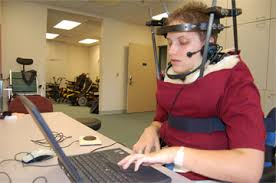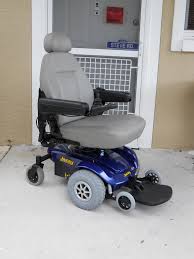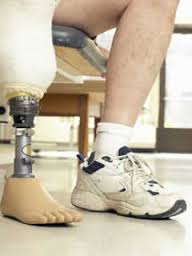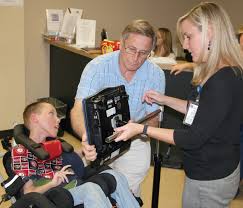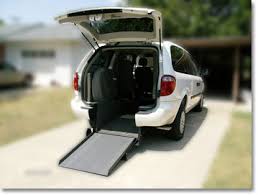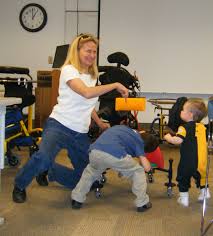
The Assistive Technology Act was first passed by Congress and signed by the President as the Technology-Related Assistance Act of 1988. It’s often called the Tech Act for short and has been reauthorized in 1994, 1998, and 2004. The most current version of the Act is authorized through 2010. The purpose of the Tech Act is intended to promote people’s awareness of, and access to, assistive technology (AT) devices and services. The Act seeks to provide AT to persons with disabilities, so they can more fully participate in education, employment, and daily activities on a level playing field with other members of their communities. The Act covers people with disabilities of all ages, all disabilities, in all environments (early intervention, K-12, post-secondary, vocational rehabilitation, community living, aging services, etc.). For more information please visit the following website: http://nichcy.org/laws/ata
The Assistive Technology Act of 2004 defines an assistive technology device in the following way:
…any item, piece of equipment, or product system, whether acquired commercially, modified, or customized, that is used to increase, maintain, or improve functional capabilities of individuals with disabilities. (29 U.S.C. Sec 2202(2))
AT devices can be “low tech,” “medium tech,” or “high tech” - as shown below:
…any item, piece of equipment, or product system, whether acquired commercially, modified, or customized, that is used to increase, maintain, or improve functional capabilities of individuals with disabilities. (29 U.S.C. Sec 2202(2))
AT devices can be “low tech,” “medium tech,” or “high tech” - as shown below:
- power and manual wheelchairs, scooters, canes, walkers, and standing devices
- augmentative communication devices (speech generating devices), voice amplifiers,and speech recognition devices
- durable medical equipment and medical supplies, such as patient lifts and incontinence supplies
- orthotics and prosthetics, such as hearing aids and electric larynxes
- accessibility adaptations to the home, workplace, schools, group homes, nursing facilities, ICF/MRs, and other places (e.g., ramps, stair glides, lifts, grab bars, flashing smoke detectors, lever doorknobs, and environmental controls)
- special equipment to help people work, study, and engage in recreation, such as enlarged computer keyboards, reachers, amplified telephones, magnifiers, voice recognition software, and adaptive sports equipment
- accessibility modifications in the community, such as audio systems on public transportation, talking ATMs, and voting machines for the blind (Disability Rights Network of Pennsylvania, 2008)
An assistive technology service is defined as:
…any service that directly assists an individual with a disability in the selection, acquisition, or use of an assistive technology device.
Examples of AT services–taken from the law itself–include:
…any service that directly assists an individual with a disability in the selection, acquisition, or use of an assistive technology device.
Examples of AT services–taken from the law itself–include:
- An evaluation of the AT needs of an individual, including a functional evaluation of how AT would help the individual
- Purchasing, leasing or otherwise providing an AT device
- Selecting, designing, fitting, customizing, adapting, applying, maintaining, repairing, replacing or donating an AT device
- Coordinating and using therapies, such as occupational therapy or physical therapy, with AT devices under an educational plan or rehabilitative plan
- Training or technical assistance for educational or rehabilitation professionals, manufacturers of AT devices, employers, providers of training and employment services and others who help individuals with disabilities
- A service that expands access to technology, including email and Internet, to persons with disabilities
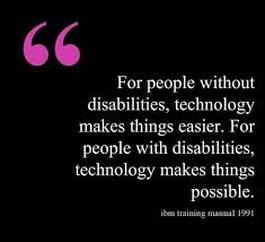
There are many federal laws and regulations related to Assistive Technology. The National Disability Rights Network (NDRN) is the nonprofit membership organization for the federally mandated Protection and Advocacy (P&A) Systems and Client Assistance Programs (CAP) for individuals with disabilities. To find out more about the NDRN and how it supports Assistive Technology please
visit http://www.ndrn.org/en/issues/assistive-technology.html
visit http://www.ndrn.org/en/issues/assistive-technology.html

